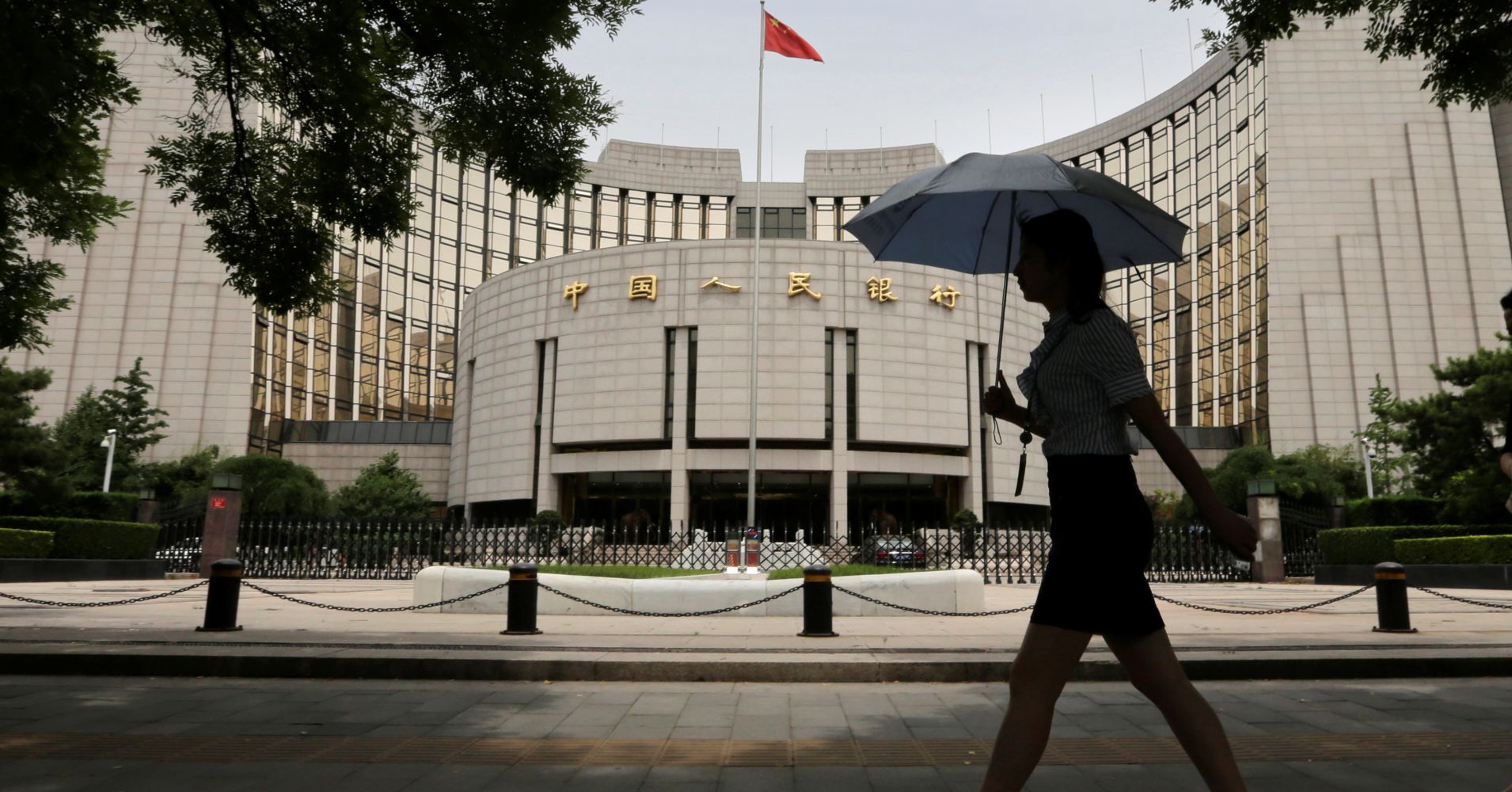
China’s central bank altered how it manages the country’s currency, signaling that authorities have no intention of using the yuan as a weapon in the ongoing trade war with the United States, analysts said.
The yuan has come under intense pressure in recent weeks on concerns about the outlook for the Chinese economy, the world’s second largest, in part resulting from the ongoing tariff conflict with the U.S. On Friday, the People’s Bank of China appeared to respond to that pressure, announcing that it was reintroducing a calculation method it called a “counter-cyclical factor” to keep the yuan’s daily midpoint fixed to a relatively stable value.
The PBOC last said it would institute such a methodology from May, 2017 to the beginning of this year, but it has never explained what exactly it means by the policy. Many understand the term to mean the central bank will try to fight whichever direction market forces are pulling the currency.
In this case, Beijing is poised to fight the traders dragging the yuan’s value lower against the dollar. The currency, also known as the renminbi, is fixed daily by Chinese authorities against the U.S. dollar at a midpoint from which it can move as much as 2 percent in either direction, with a basket of other major currencies also a factor.
Mizuho Bank said that the “counter-cyclical factor” does not inherently include a directional bias for the yuan and is instead meant to keep it relatively stable against other currencies.
The yuan’s value against the dollar has factored into the trade war because its decline has lessened the impact of American tariffs on Chinese products. U.S. President Donald Trump latched onto that point, accusing Beijing of unfair practices on the foreign exchange front.
“I think China’s manipulating their currency, absolutely,” Trump told Reuters last week.
In general, a weaker currency can help a country’s export performance by making its products cheaper to those in other countries and thus more competitive in global markets.
The PBOC’s move could be “seen as a coded signal for a CNY strengthening policy,” Mizuho said in a note on Monday, using an abbreviation for the Chinese yuan.
Importantly, the Japanese bank said that the step underscores that the yuan weakness “is not a weapon” in the trade conflict.
In its announcement on Friday, the PBOC said it expects the reintroduction of the measure to “play a positive role” in stabilizing the yuan’s moves. It said that the method had previously “effectively mitigated the pro-cyclical market behaviours and stabilized market expectations.”
Lower level representatives from the two countries wrapped up two days of talks in Washington last week, but no major progress emerged in ending the tariff fight.
